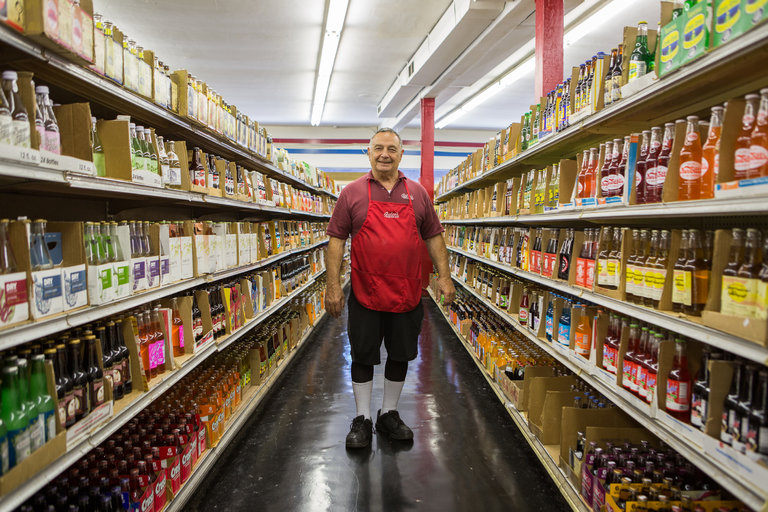Decades ago, retailers could specialize and succeed. The Bookstore. Drug Store. Hardware store. Fruit stand. Along came department stores and one-stop shopping megastores, which pushed specialty to wholesale or to the brink. Over the past several months, the New York Times has been spotlighting retail stores that exclusively sell one thing. Our analysis of these one-thing shops has revealed some key ingredients for their success today.
- Truly focus on one thing. Galco’s Old World Grocery in Highland Park, Los Angeles a neighborhood Italian grocery founded in 1897 started as a newspaper and convenience store selling a variety of sundries. Over the years, the family found a love for hard-to-find sodas. The store now stocks soda exclusively — carrying over 750 varieties from independent brands, and draws visitors from around the world.
- Rarify products pushing as far from commoditization as possible.José Luis Pereira, a Spanish writer, realizing that cash-strapped Spaniards were more likely to get their literary fixes through the local library or e-books — turned to a rare art form that had captivated him since childhood – pop-up books. The result, Tres Rosas Amarillas (Three Yellow Roses), is Spain’s only specialist pop-up book store where shoppers are happy to pay triple the price of a national bestseller for his ‘paper engineering’.
- Make the retail experience a global destination. Jeremy Leslie, a magazine fanatic, finally opened his brick-and-mortar extension of magCulture.com, the magazine review site he’s been running since 2006.“This is meant to be somewhere to visit, take your time, browse. People will come in and buy four or five magazines and spend the best part of 100 pounds. They deserve the chance to flick through in peace.” And come from all over the world they do to his shop in London’s Clerkwell neighborhood.
- Be the Global Expert.In 1996, Ilse Böge gave up her job as a financial consultant in Berlin to start hawking something very different: licorice. “The first bank I went to for a loan pretty firmly suggested I sell children’s clothes, nuts, chocolates, basically anything in addition to licorice, but I wanted to specialize,” she said. Since then she now carries the world’s largest variety of licorice and will fulfill any request for anyone in the world. She consistently gets strange orders from licorice-lovers in far-flung locations, including a monk who ordered by post from the Brazilian jungle.
- Sell globally. In any given local market, there are only so many customers buying your one thing, therefore to reach volume, retailers must think globally. If the store is specializing, offering hard to get items and is a global expert, then selling globally will certainly follow, as many one-thing shop owners have found. Ensuring an easy e-comm experience and great customer service is important as orders pour in.
From stores that sell only hot sauces to shops carrying wall to wall Ukeleles, one-thing shops are growing. However, it appears their success doesn’t follow traditional retail practices. Which begs questions for those in shopper marketing: How can marketers help these entrepreneurial retailers grow? Which shopper marketing tools will help them succeed? What new practices will develop as a result of this growing retail specialty?
Photo Source: New York Times


